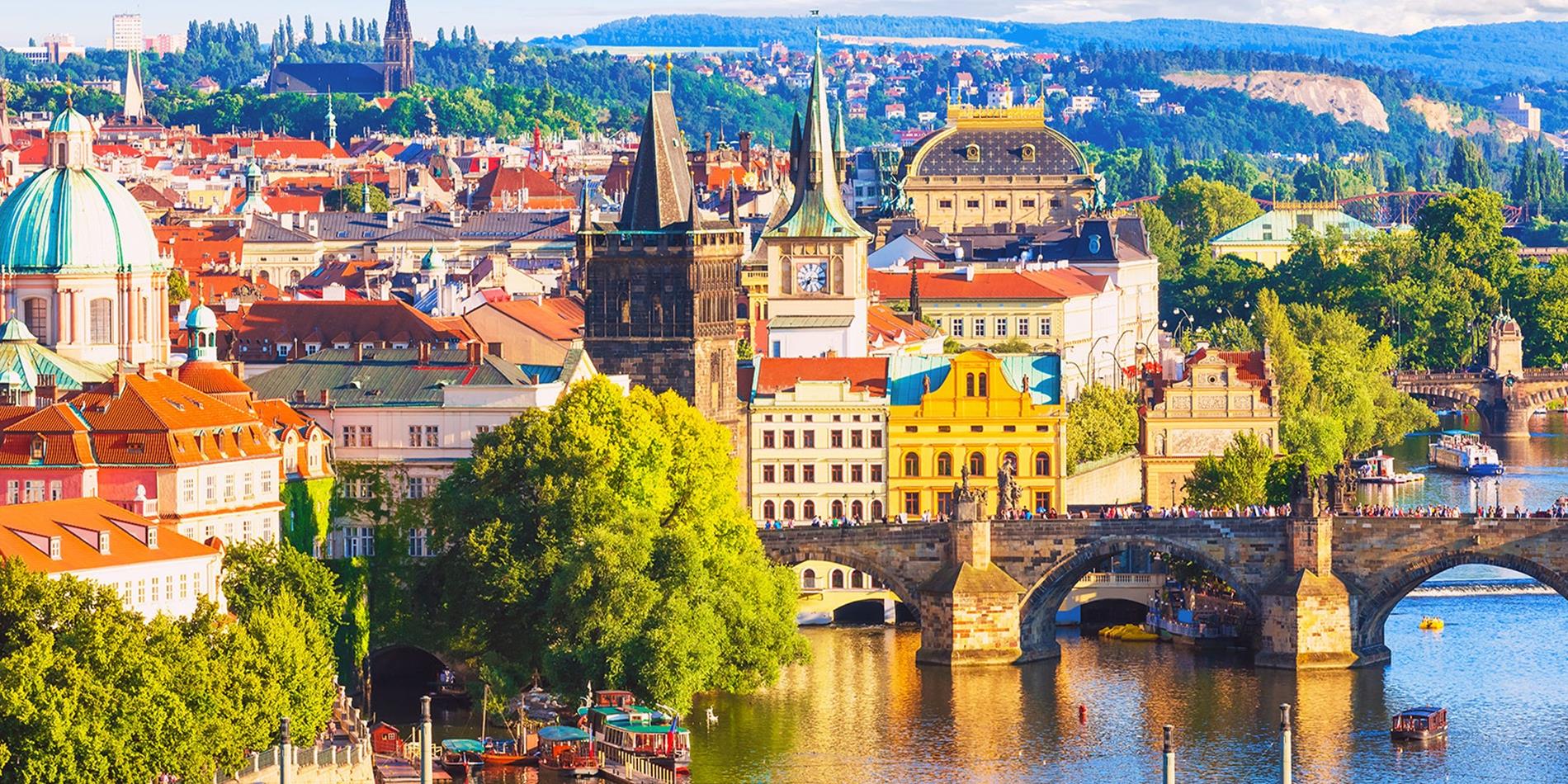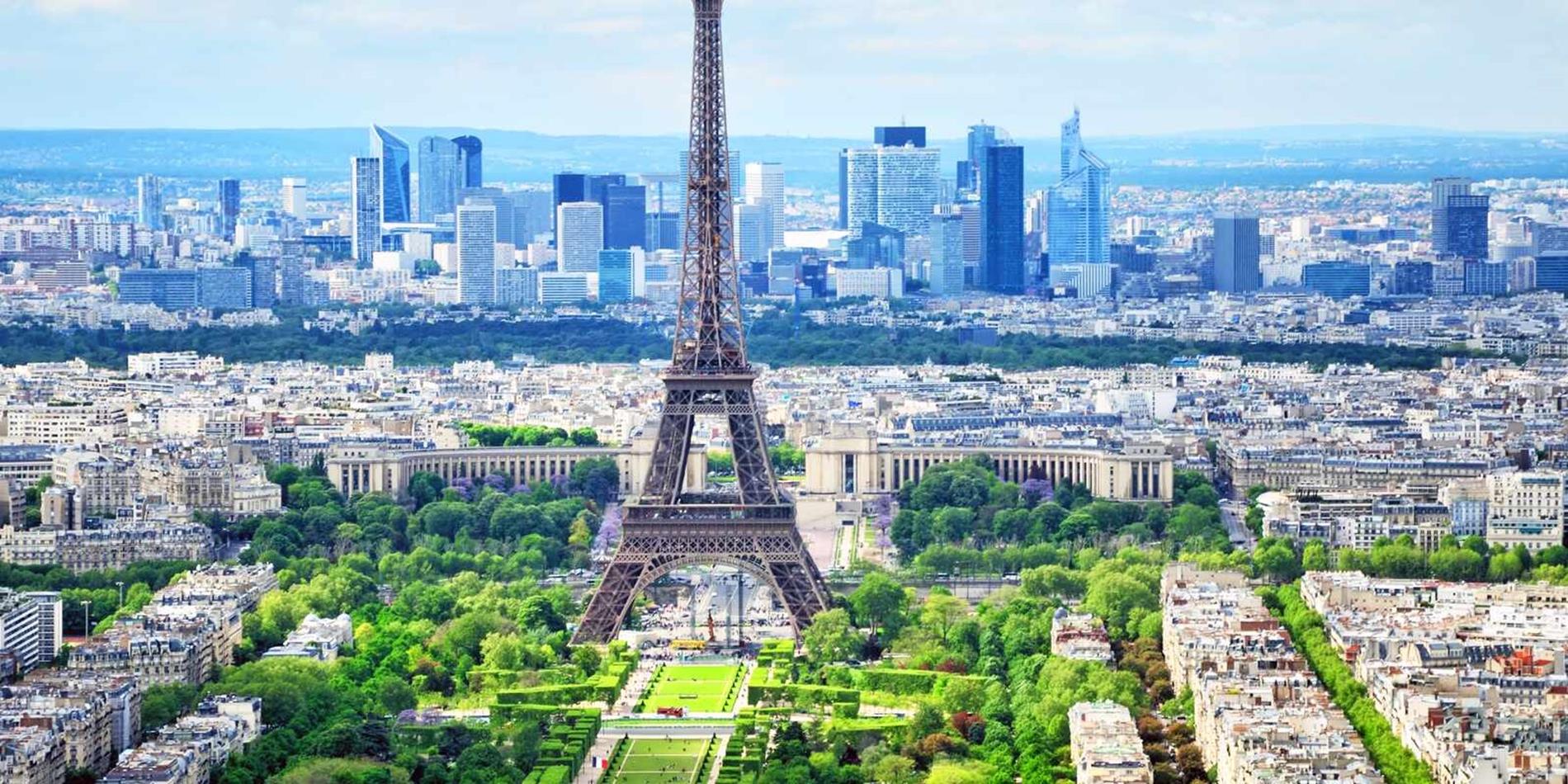

Top Landmarks in Prague
The sights of Prague are a history-lover’s dream. Steve Meacham reveals the stories behind some of the city’s most famous landmarks.
They call Prague the City of a Thousand Spires. Piercing the heavens, the spires dominate the picturesque skyline of the former capital of the ancient kingdom of Bohemia –a reminder of how long Prague has stood, virtually unblemished, at a turbulent crossroads of Europe.
Once part of the Holy Roman Empire, later a jewel of the Habsburg’s Austro-Hungarian empire, Prague has often succumbed to invaders. Yet it has always beguiled each new generation of victors with its beauty. Famously, Prague –unlike many other central European cities –survived World War II relatively unscathed.
The first time it was bombed –just months before the end of the War –is still mired in mystery. Did the radar-guided pilots of the American Flying Fortresses mistake Prague for Germany’s Dresden in the appalling weather? The jury is still out. Seven hundred people died, but the city’s architectural treasures survived, which is why we can enjoy them today.
Prague’s Old Town, which dates back to the ninth century, used to be a walled and moated city along the banks of the lovely Vltava river. Walls and moats have long since been demolished, but the river and the Old Town remain. Take a cruise down the river on one of Travelmarvel's European River Cruises.
The Old Town Square
Its centre, Old Town Square, has few - if any - rivals in the world. You could spend a year here without discovering all its secrets. Let’s begin with a “newcomer”, the Church of Our Lady before Týn. This soaring Gothic-style place of worship wasn’t finished until the 16th century, replacing an 11th century predecessor, and it commands the square. Venture inside to marvel at the early Baroque altarpiece.
While you are in Old Town Square (and there are plenty of cafes with excellent coffee where you can relax as you admire the architectural wonders), note the 65-metre-high Powder Gate, a 15th-century construction on the site of one of the city’s original medieval gates. Look out, too, for the statue of Jan Hus, a Czech Catholic bishop, philosopher and ecclesiastical reformer who pre-dated Martin Luther and John Calvin.
Then there’s the Old Town Hall, reconstructed over the centuries from its medieval origins (novelist Franz Kafka lived in part of the building as a child). Tour Old Town Hall to inspect the internal workings of the city’s most wonderful scientific creation: the famous Astronomical Clock. The Prague orloj is a medieval masterpiece –a unique marriage of art and science created by a genius clockmaker and an inspired professor of astronomy. Its earliest parts date back to 1410, making it one of the first great collaborations of the Renaissance.
Every day between 9am and 11pm, just before the strike of each hour, crowds gather outside the Old Town Hall to watch a performance that takes less than a minute –“The Walk of the Apostles”, when all 12 of Jesus’s disciples appear above the two huge dials. Imagine how awe-inspiring this must have seemed to the largely illiterate townspeople who witnessed the first parading apostles, and how troubled they would have been by the other four moving figures that shake as the hour strikes –when Death warns Vanity, Greed and Lust their time is running out.
The Charles Bridge
Still, time is moving on, and no visit to Prague would be complete without a stroll over one of the most famous bridges in Europe. The Charles Bridge (named after Charles IV, King of Bohemia and Holy Roman Emperor) was begun in 1357 after the former stone bridge over the Vltava collapsed in a flood 15 years earlier. According to legend, Charles’s architect –Petr Parler –added egg yolks into the mortar to strengthen the new bridge. If so, it obviously worked. The bridge spans 16 arches, which support countless artists, buskers and fast-food operators vying for trade.
The 30 famous Baroque-style statues that guard the bridge were added later –and are now copies. The originals can be seen in the Lapidarium, a former royal summer palace which is now a branch of the National Museum. When you get to the Lesser Town end of the Bridge, turn and admire the vista. You may not be able to count 1,000 spires, but you’ll see most of them – plus the city’s towering highlights: Prague Castle and St Vitus Cathedral.
Prague Castle & St Vitus Cathedral
Prague Castle – which is a UNESCO World Heritage site –is listed in the Guinness World Records as the largest castle precinct on the planet. It was founded in about 880, and is now the official residence of the Czech president, Milos Zeman. Since the 10th century, Prague Castle served as the seat of Bohemian kings and Catholic bishops. But it came to prominence when Charles IV became the Holy Roman Emperor in 1355. During his 23-year reign, the royal palace was rebuilt, the fortifications improved, and the foundations laid on what still remains the crowning glory of Prague: St Vitus Cathedral.
Though it is still known by its original name, the largest cathedral in the country is now dedicated to three saints –Vitus, Adalbert and Wenceslaus (the “Good King” who walked out on the Feast of Stephen in the famous carol: his remains are interred inside). Situated entirely within Prague Castle, the cathedral contains tombs of many of the Bohemian kings and Holy Roman Emperors who ruled from the neighbouring state rooms.
There are some really impressive views from the castle, too –but the best vistas of Prague are seen from the funicular railway departing from Ujezd tram stop to the top of Petrín Hill. Who knows? From there, you might be able to count those 1,000 spires.
Discover the glorious architecture of Prague on the 21 Day European Gems River Cruise. Alternatively, there is always more to discover on a central Europe journey with our range of European Gems cruises and to see
Start Planning

European Gems
Paris to Prague

Eastern Europe and European Gems River Cruise
Prague to Amsterdam

European Gems
Prague to Amsterdam

European Gems
Paris to Prague

Eastern Europe and European Gems River Cruise
Prague to Amsterdam

European Gems
Prague to Amsterdam







